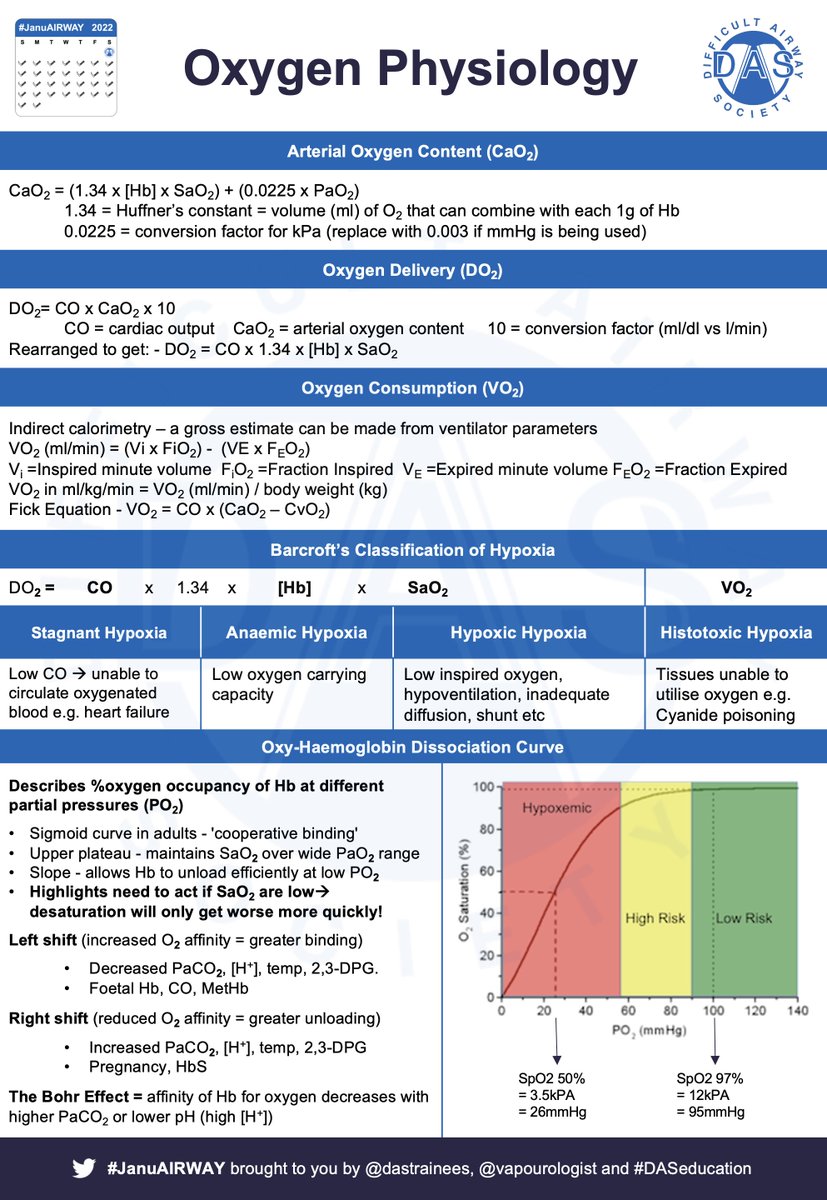
#JanuAIRWAY Day 6. Equipment. Good workers know their tools – knowing our equipment is essential! Here’s some #OnePagers - the fundamentals of masks, NP/OPs, SADs, and ETTs.
#JanuAIRWAY 1/4



#JanuAIRWAY 1/4




We’ll cover specific airway devices such as Cook airway exchange catheters, Aintree Intubation Catheters, Staged Extubation Kits, OLV equipment, Tracheostomies, etc later in the month. But in the meantime here's a #OnePager on Frova intubating introducers
#JanuAIRWAY 2/4
#JanuAIRWAY 2/4

Here are some papers / links that you might find interesting:
a.anaesthesiajournal.co.uk/article/S1472-…
b.ncbi.nlm.nih.gov/pmc/articles/P…
c.das.uk.com/content/diffic…
d.ncbi.nlm.nih.gov/pmc/articles/P…
If you have any others of interest, tweet them to us for inclusion next time!
#JanuAIRWAY 3/4
a.anaesthesiajournal.co.uk/article/S1472-…
b.ncbi.nlm.nih.gov/pmc/articles/P…
c.das.uk.com/content/diffic…
d.ncbi.nlm.nih.gov/pmc/articles/P…
If you have any others of interest, tweet them to us for inclusion next time!
#JanuAIRWAY 3/4
Hope that helps. Tomorrow we'll look at Laryngoscopy. See you then! #JanuAIRWAY 4/4
*Disclaimer: Inclusion of content (equipment, techniques and scoring systems etc.) in #JanuAIRWAY does not constitute DAS endorsement
*Disclaimer: Inclusion of content (equipment, techniques and scoring systems etc.) in #JanuAIRWAY does not constitute DAS endorsement
• • •
Missing some Tweet in this thread? You can try to
force a refresh

























